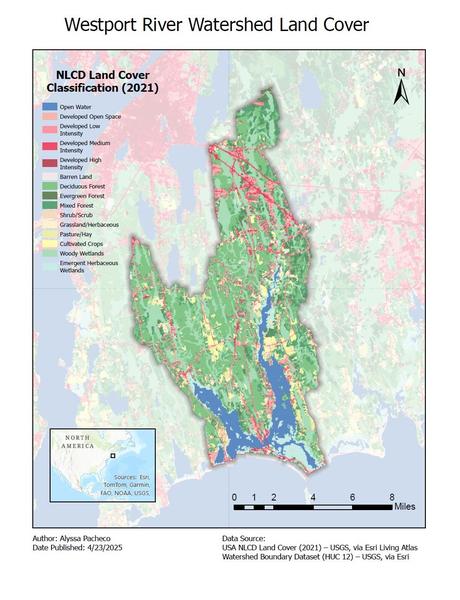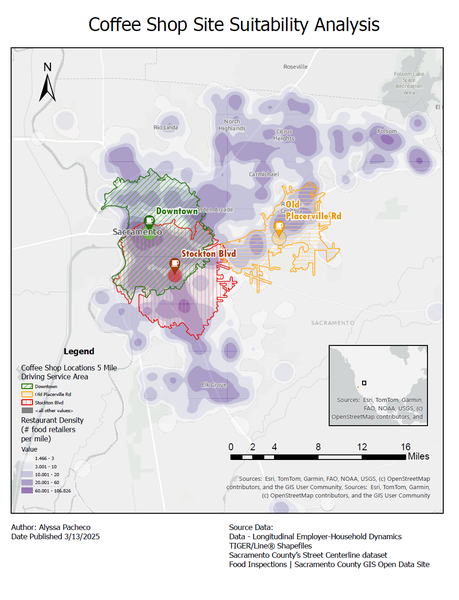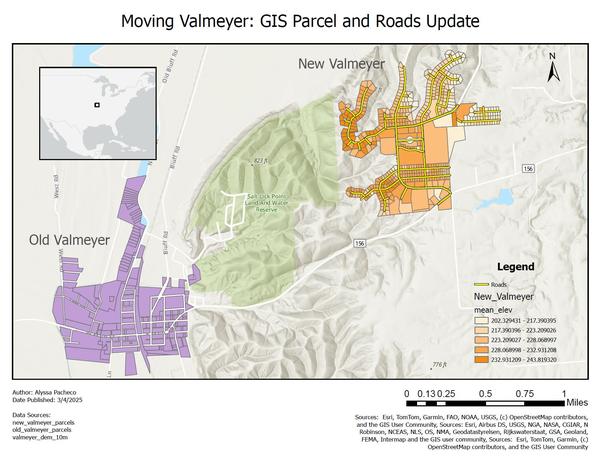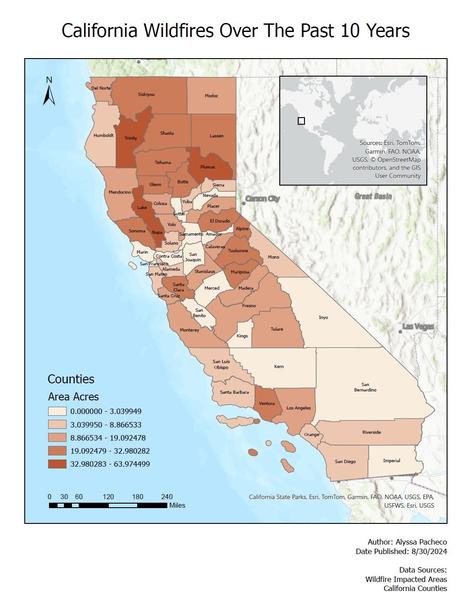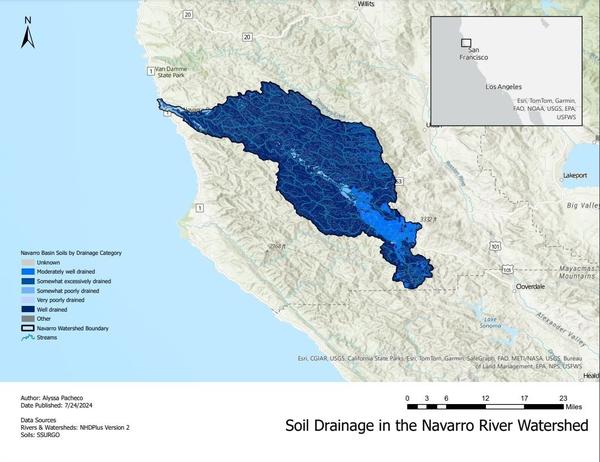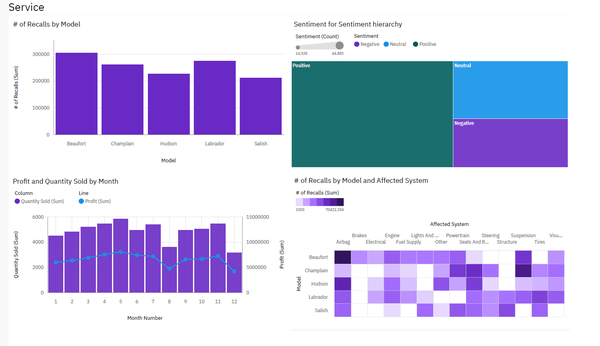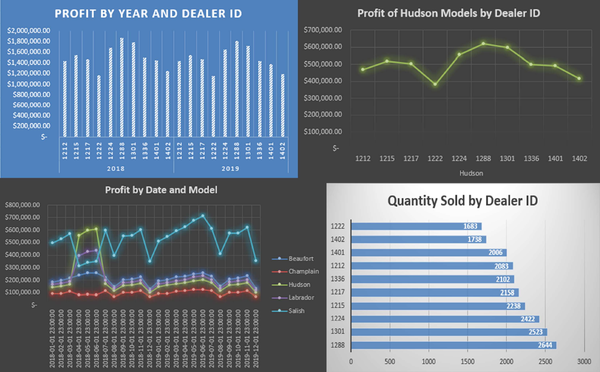24th July 2024
Navarro River Watershed Map
For this project, I completed a three-part tutorial in ArcGIS Pro, focusing on data visualization, analysis, and cartographic design.
In Part 1, I learned how to navigate ArcGIS Pro, add data layers, and apply symbology to enhance data visualization. I also explored selection tools to subset data and familiarize myself with fundamental GIS conventions.
Part 2 Built upon this foundation by introducing data frames, projections, and attribute tables. I performed geoprocessing tasks to analyze spatial data and applied advanced symbology techniques to refine map presentation.
Part 3, I finalized the project by designing a complete, professional-quality map. This included adding essential cartographic elements such as a title, legend, north arrow, scale bar, and an inset map for spatial context. The final product was exported as a ready-to-share PDF map.
This project strengthened my skills in ArcGIS Pro, from basic data management to advanced spatial analysis and map production.
